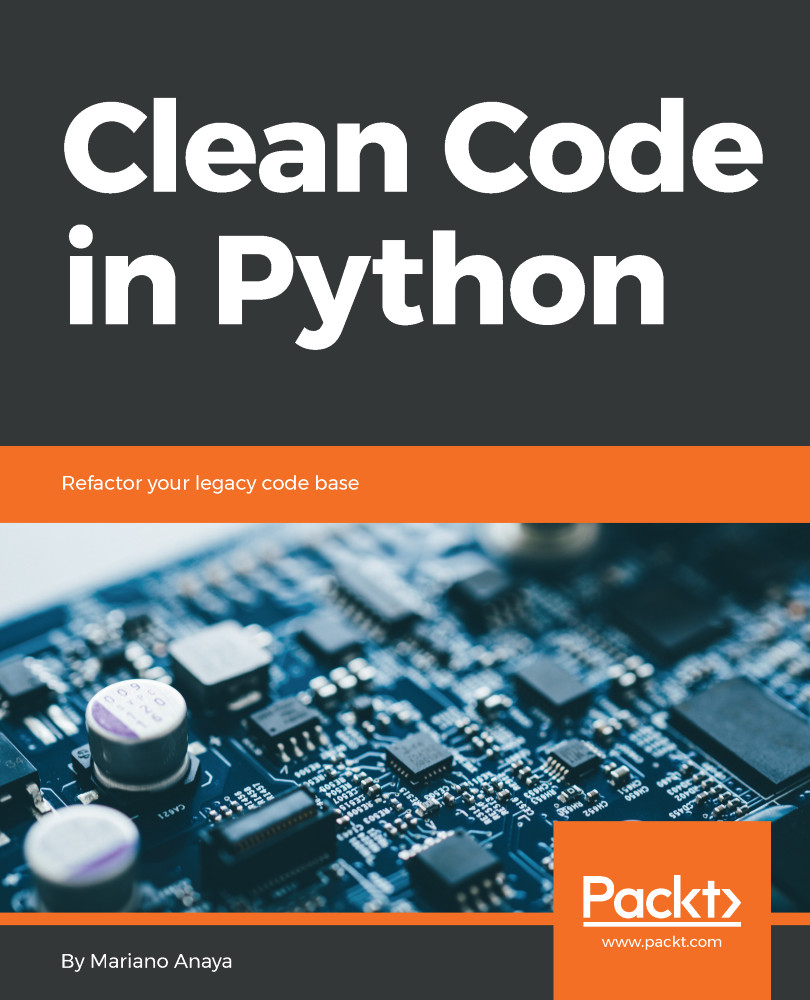Design patterns have been a widespread topic in software engineering since their original inception in the famous Gang of Four (GoF) book, Design Patterns: Elements of Reusable Object-Oriented Software. Design patterns help to solve common problems with abstractions that work for certain scenarios. When they are implemented properly, the general design of the solution can benefit from them.
In this chapter we take a look at some of the most common design patterns, but not from the perspective of tools to apply under certain conditions (once the patterns have been devised), but rather we analyze how design patterns contribute to clean code. After presenting a solution that implements a design pattern, we analyze how the final implementation is comparatively better as if we had chosen a different path.
As part of this analysis, we will see how to concretely...



